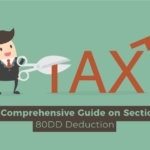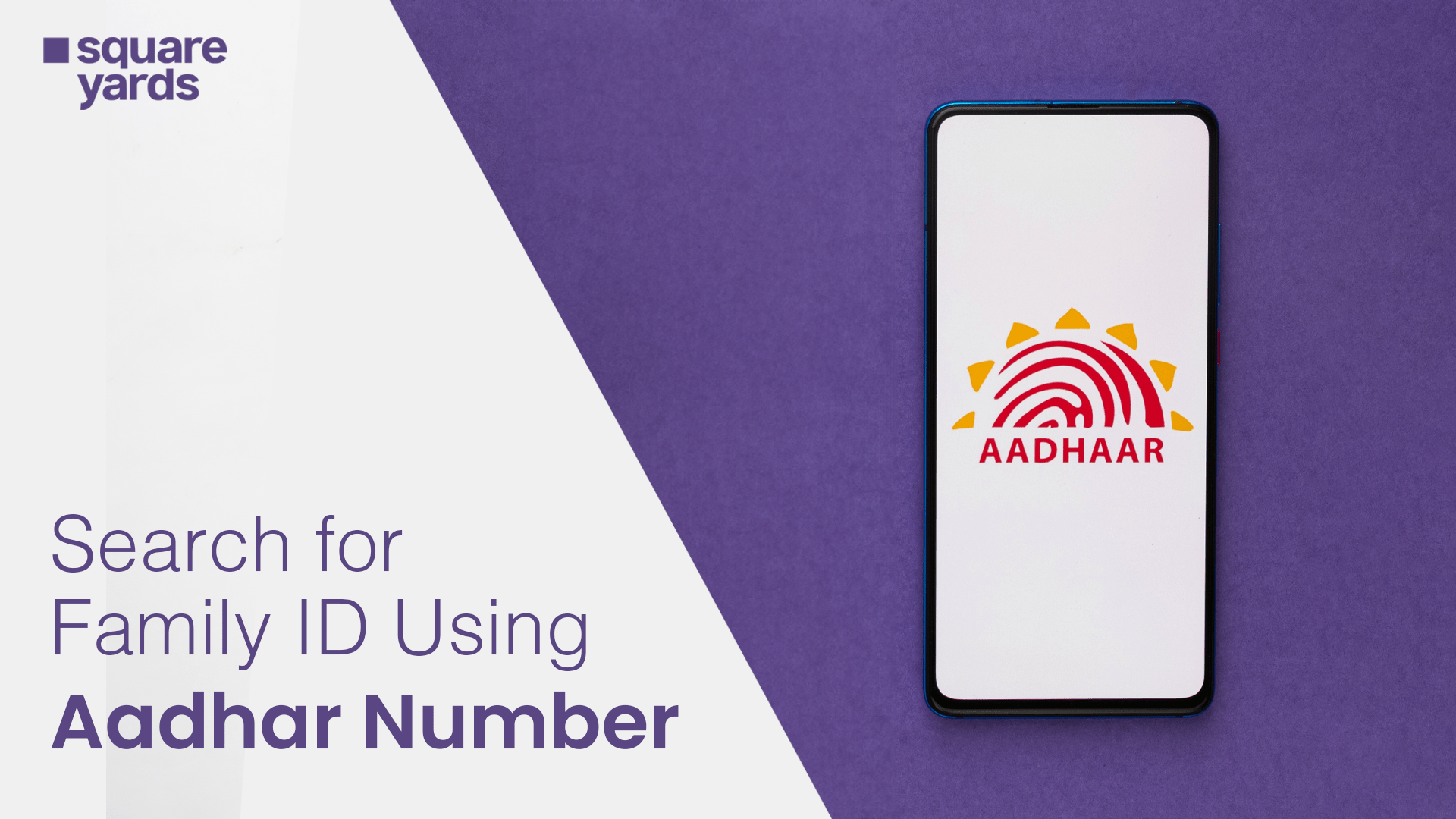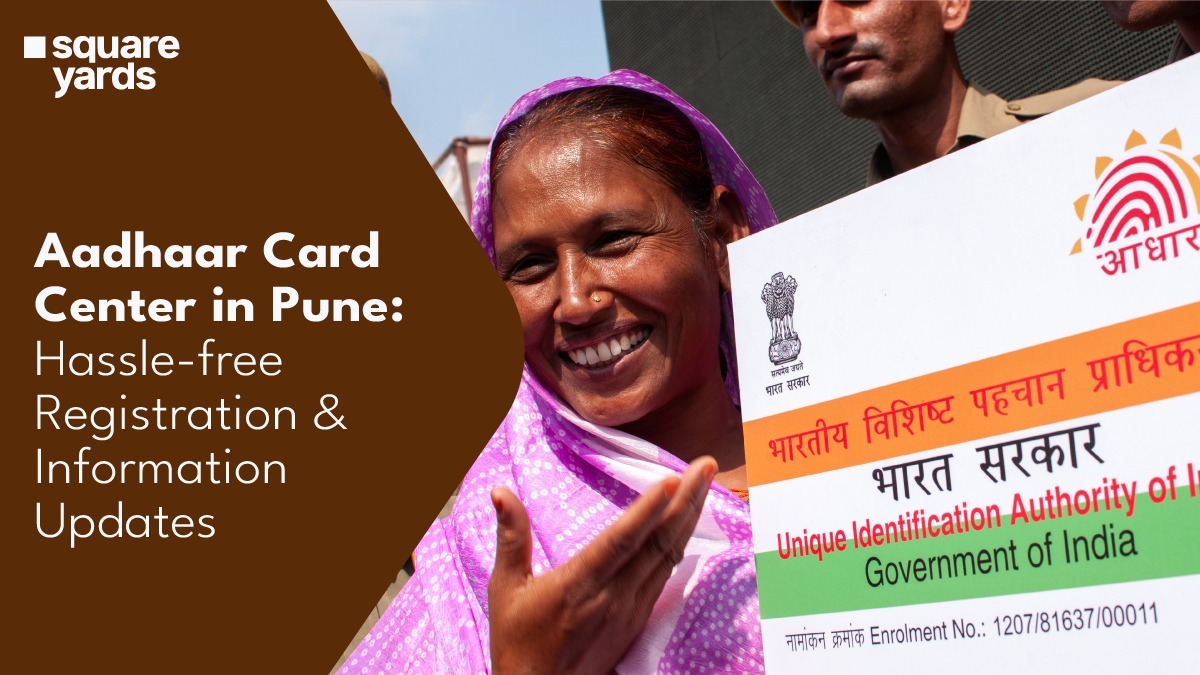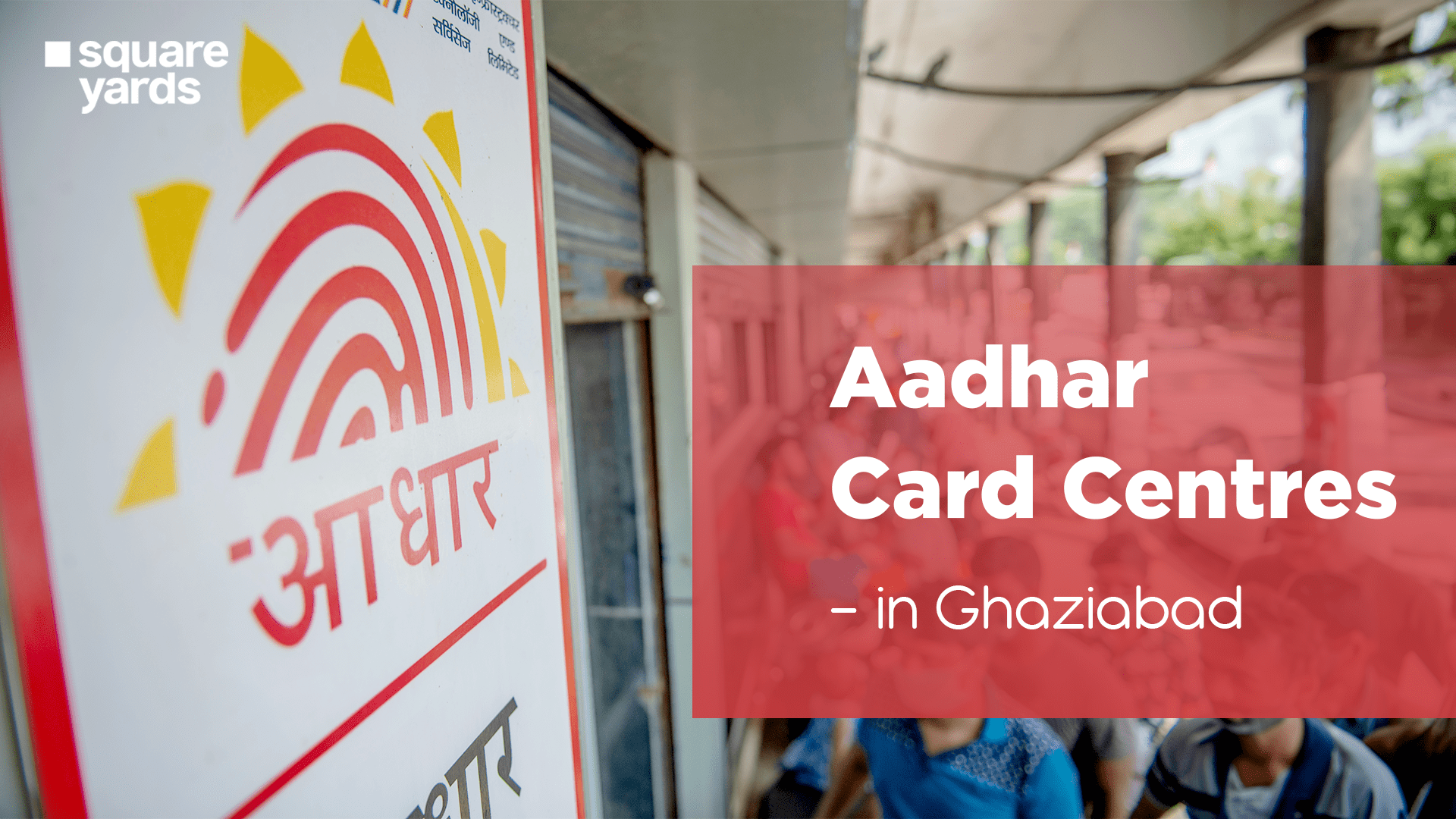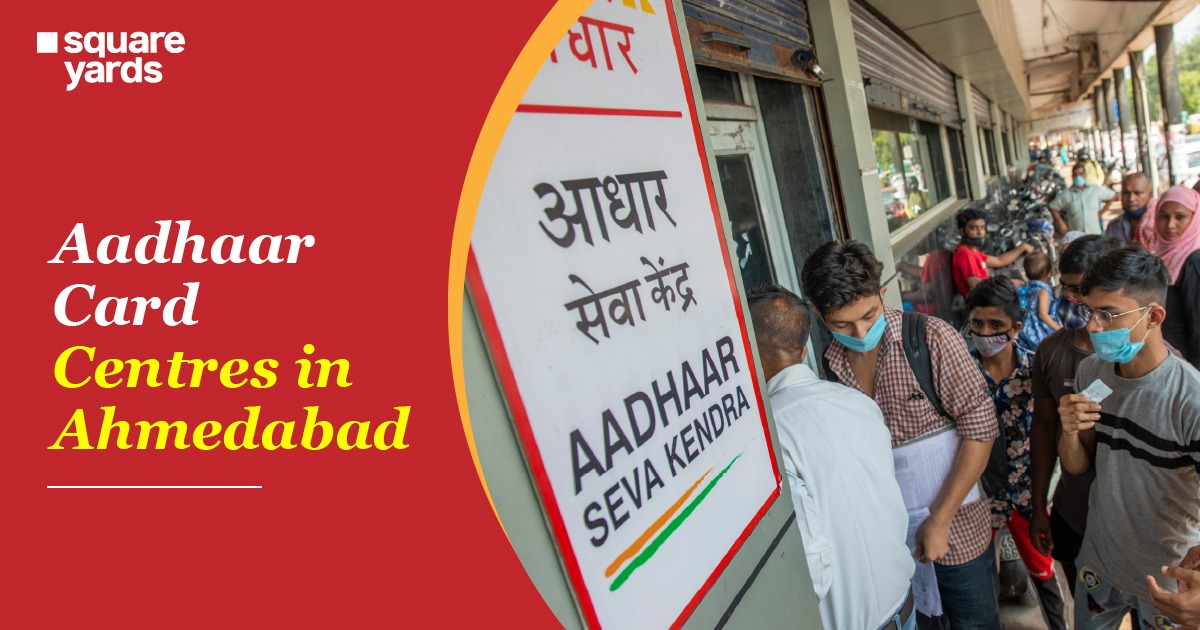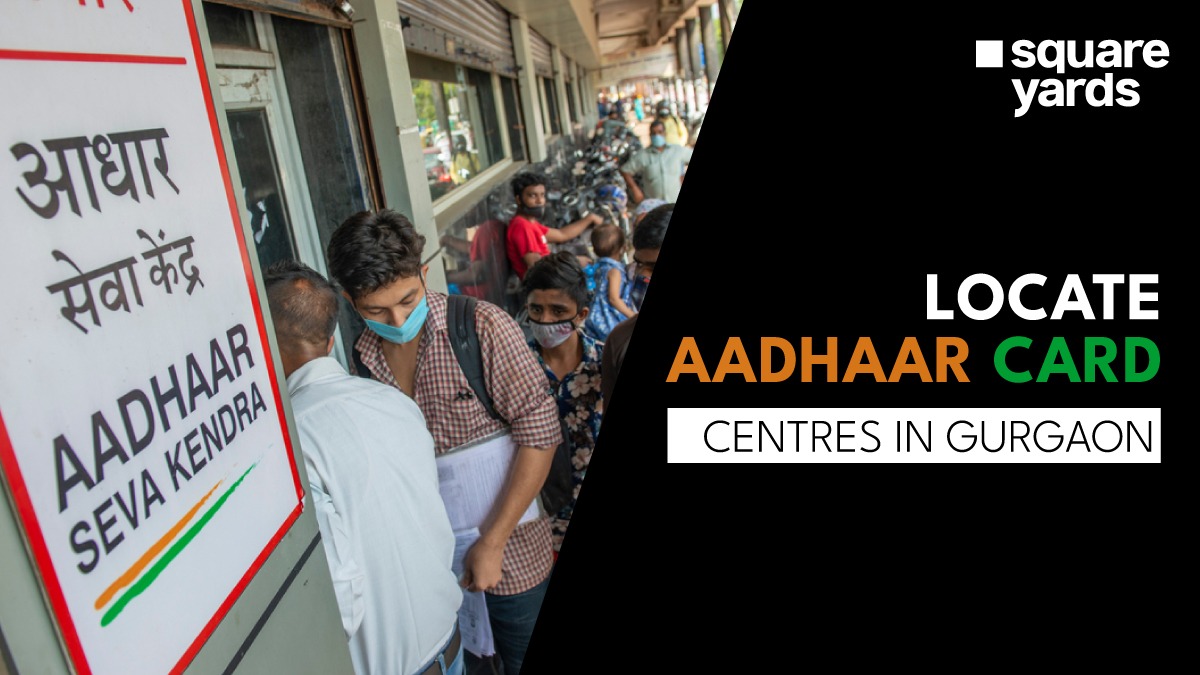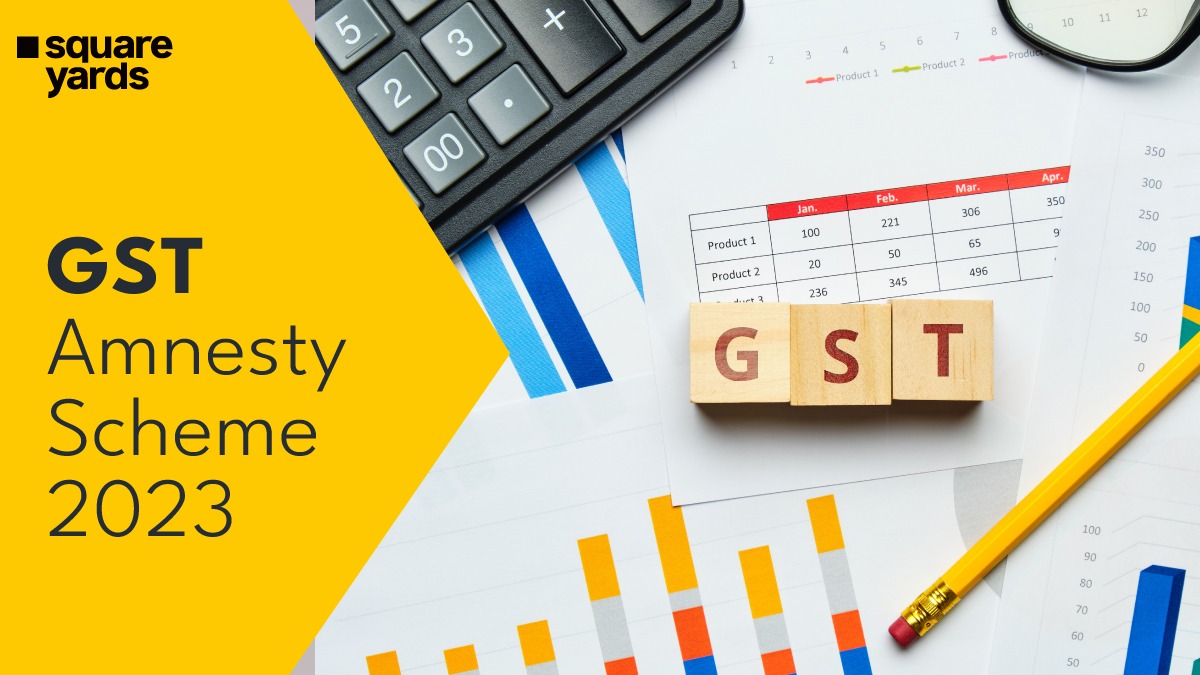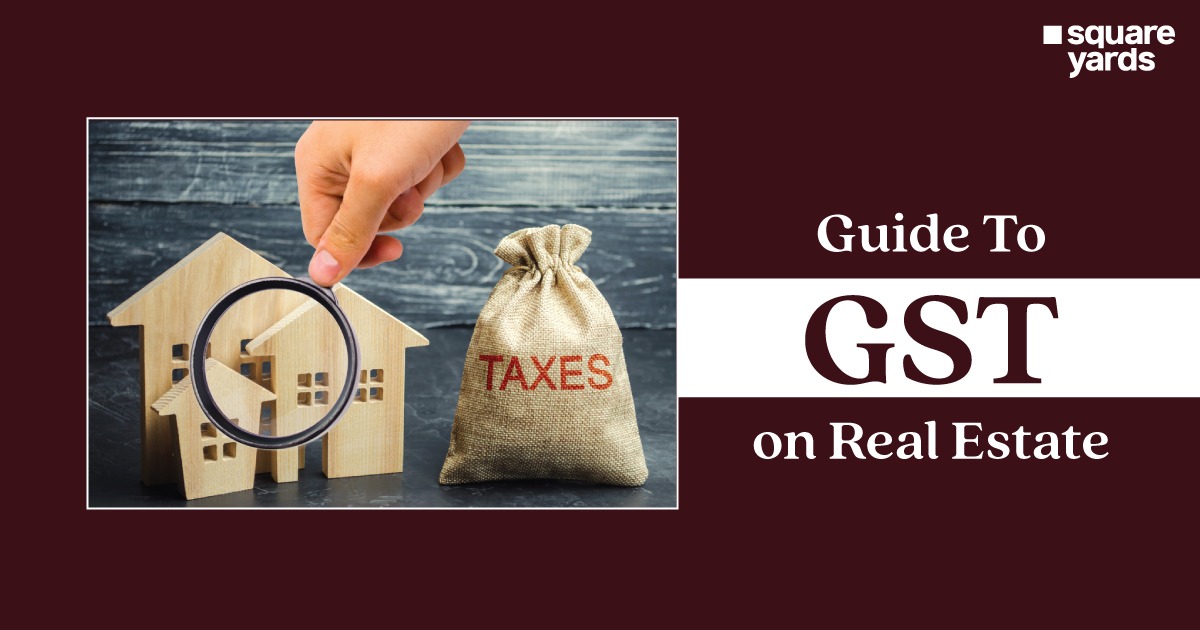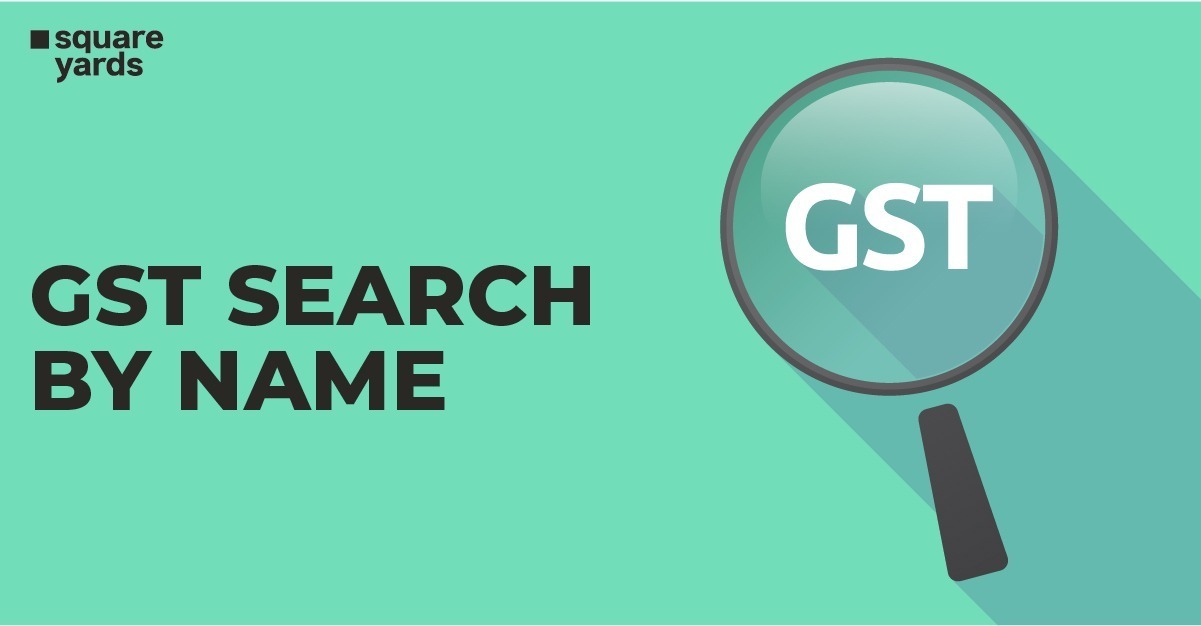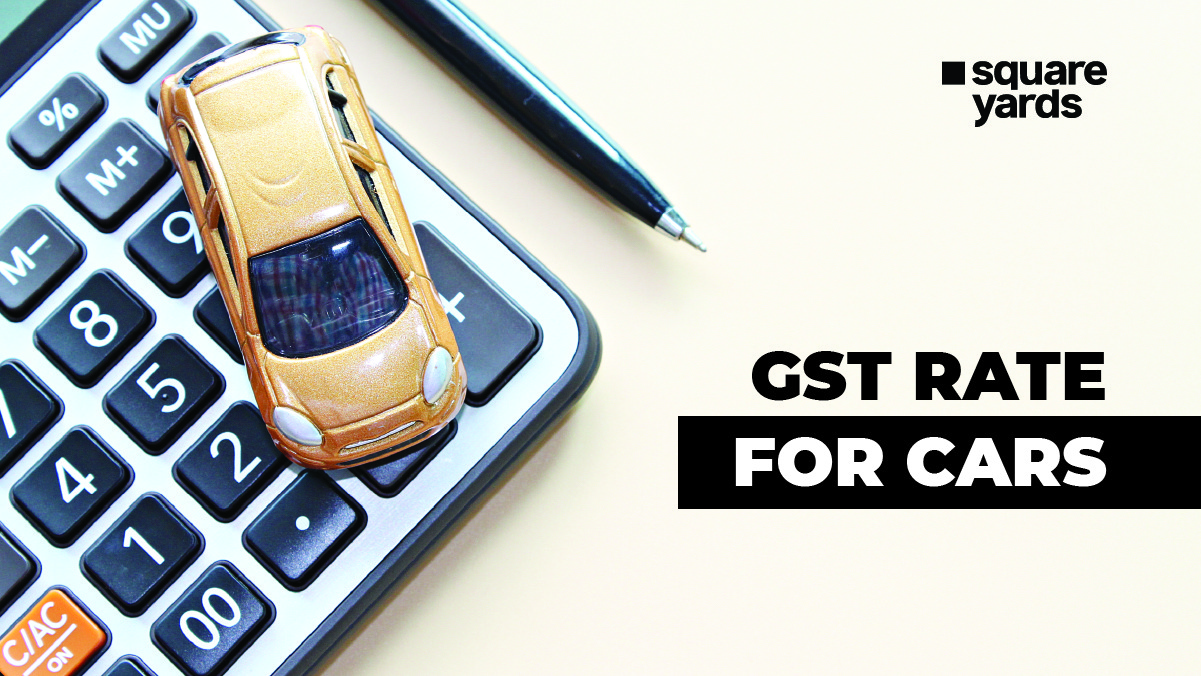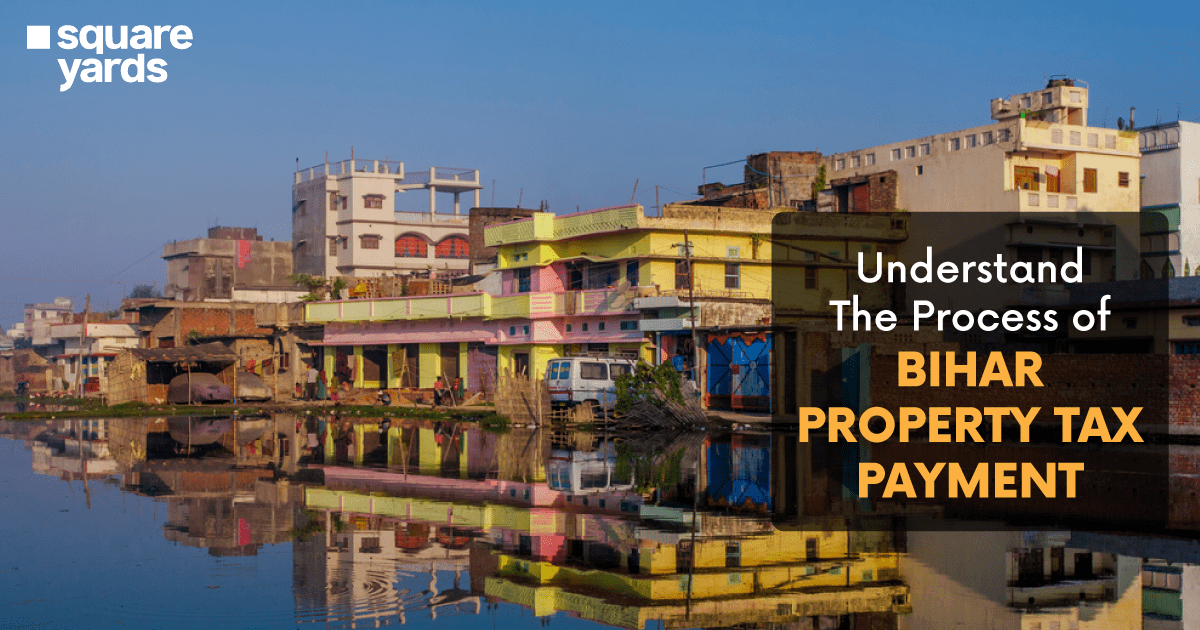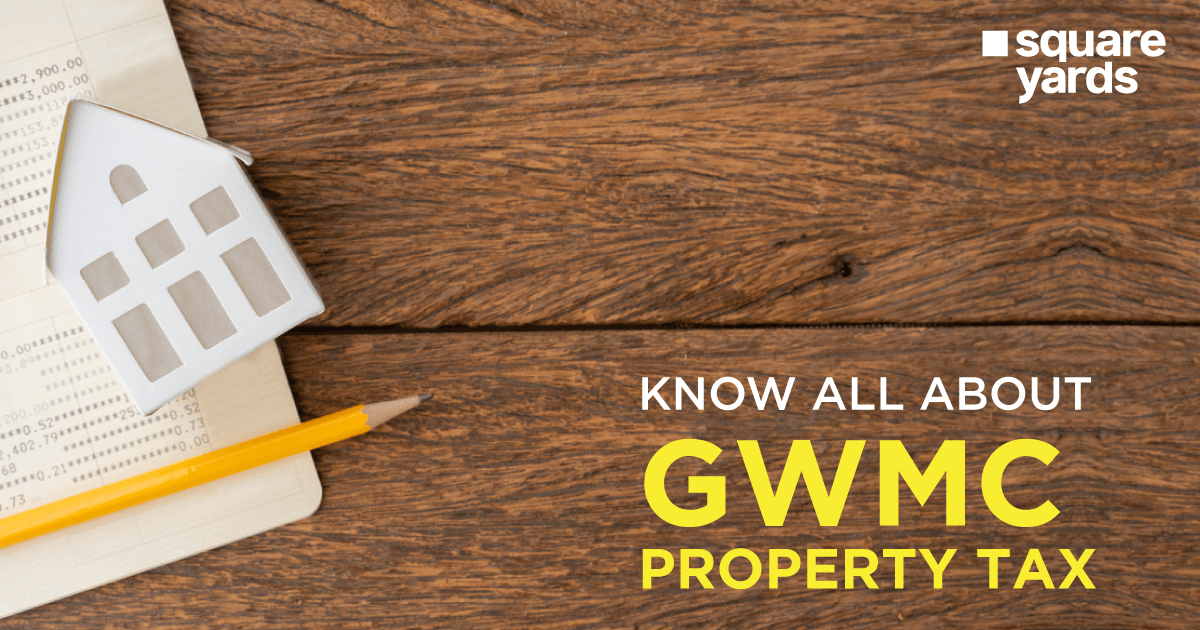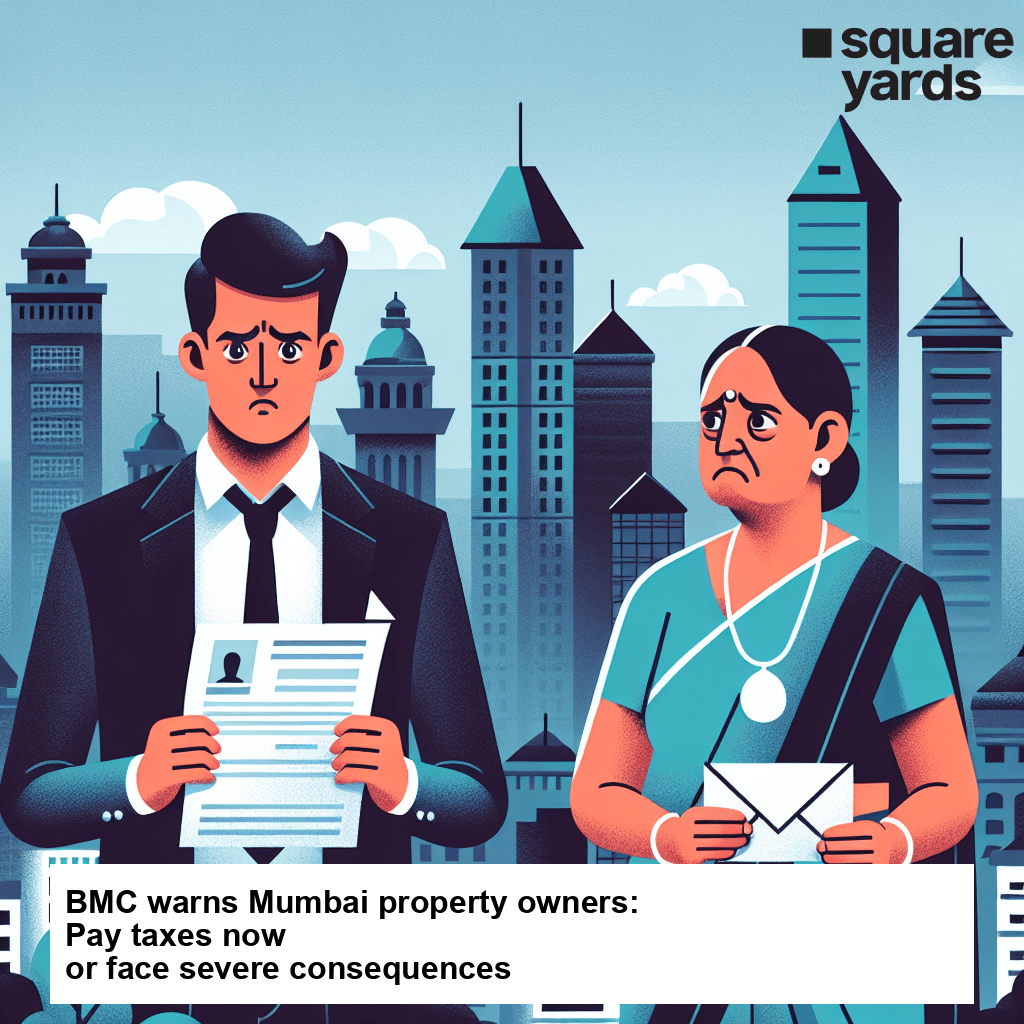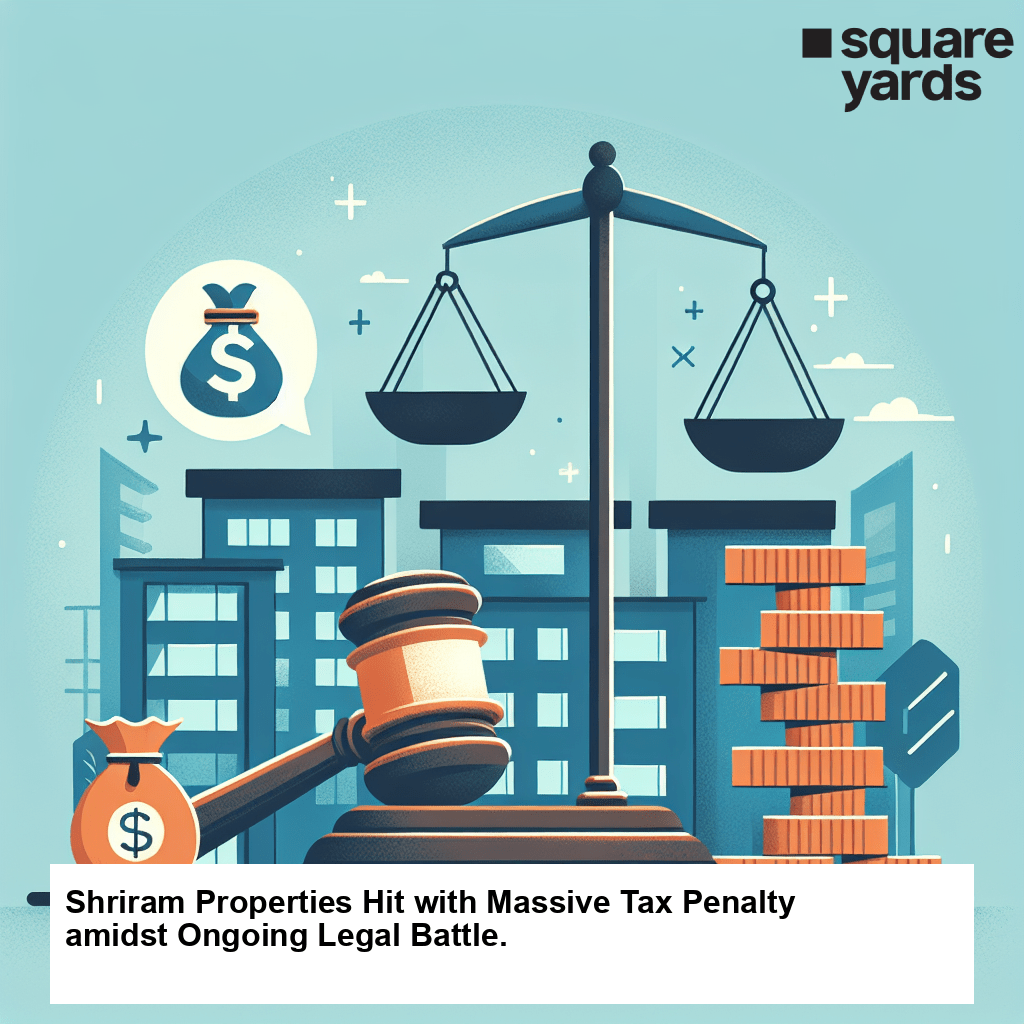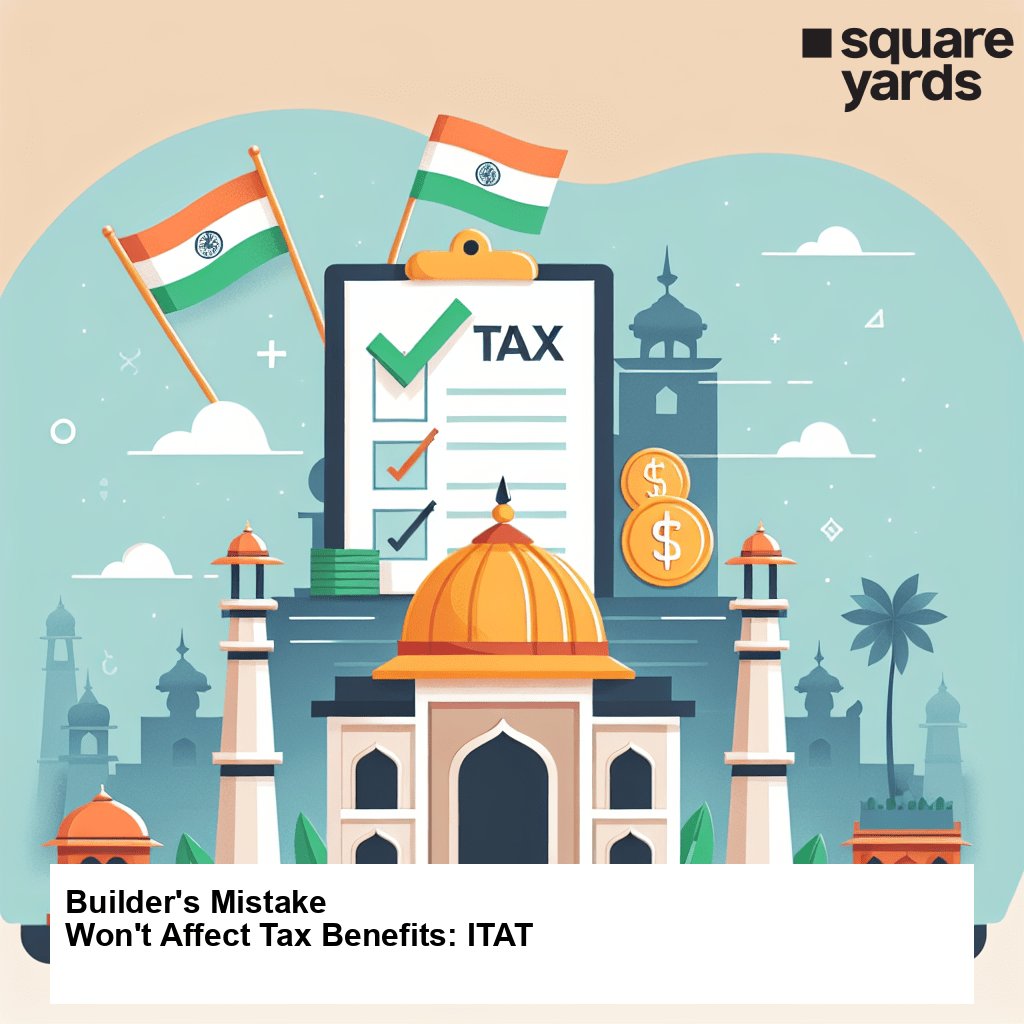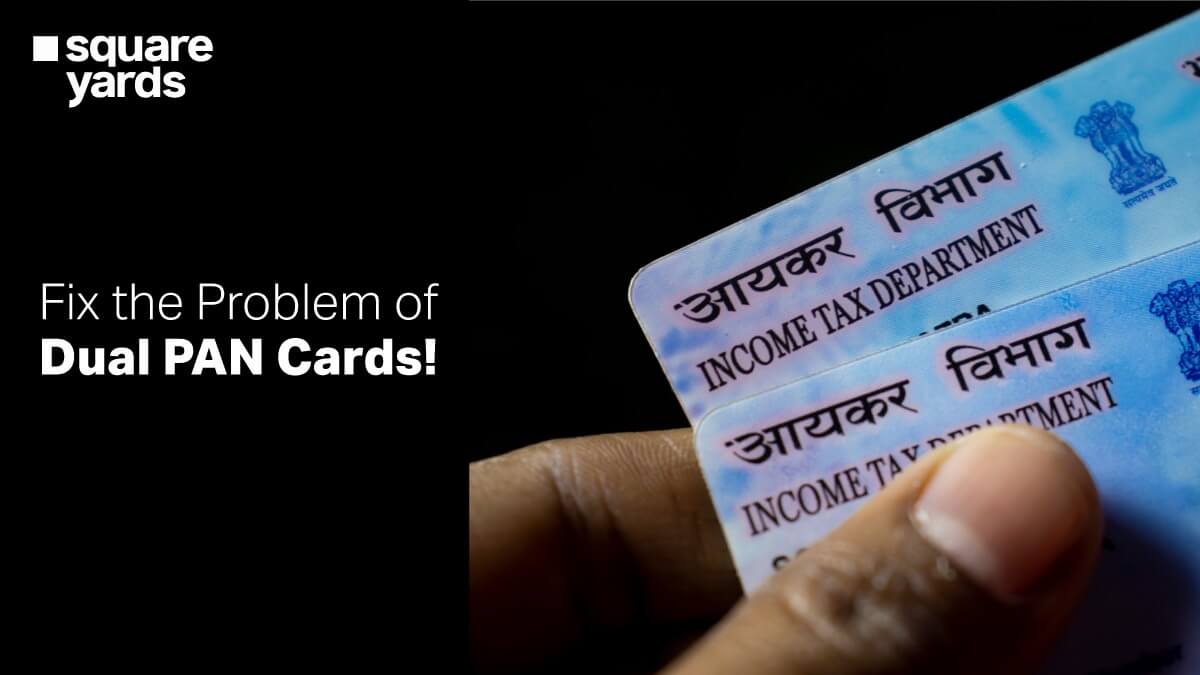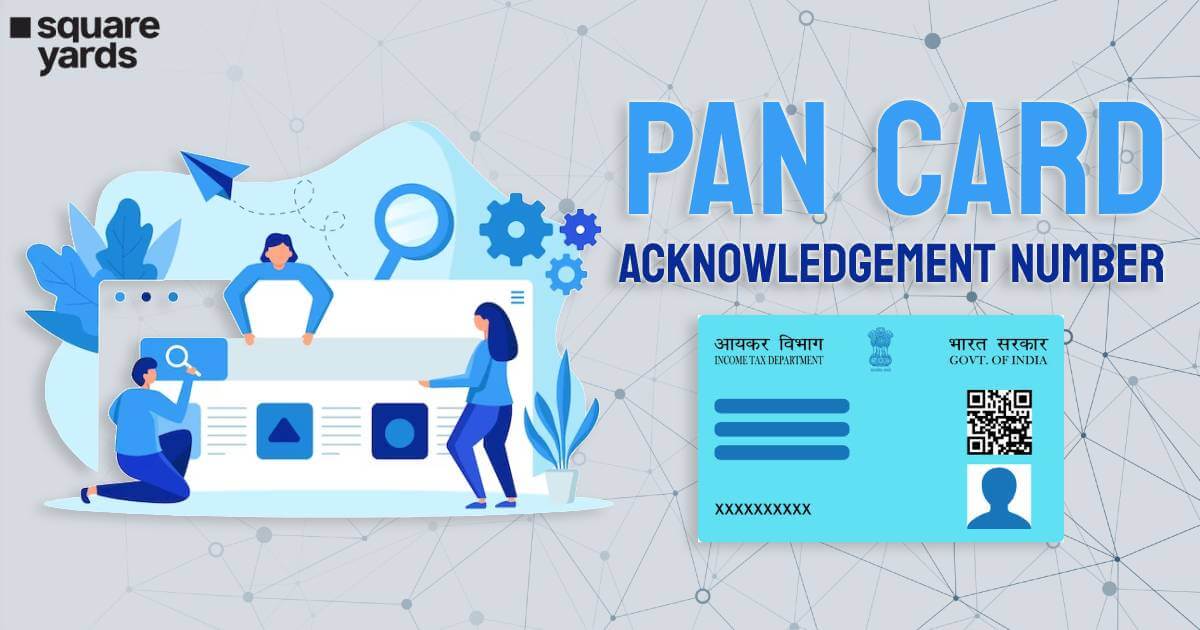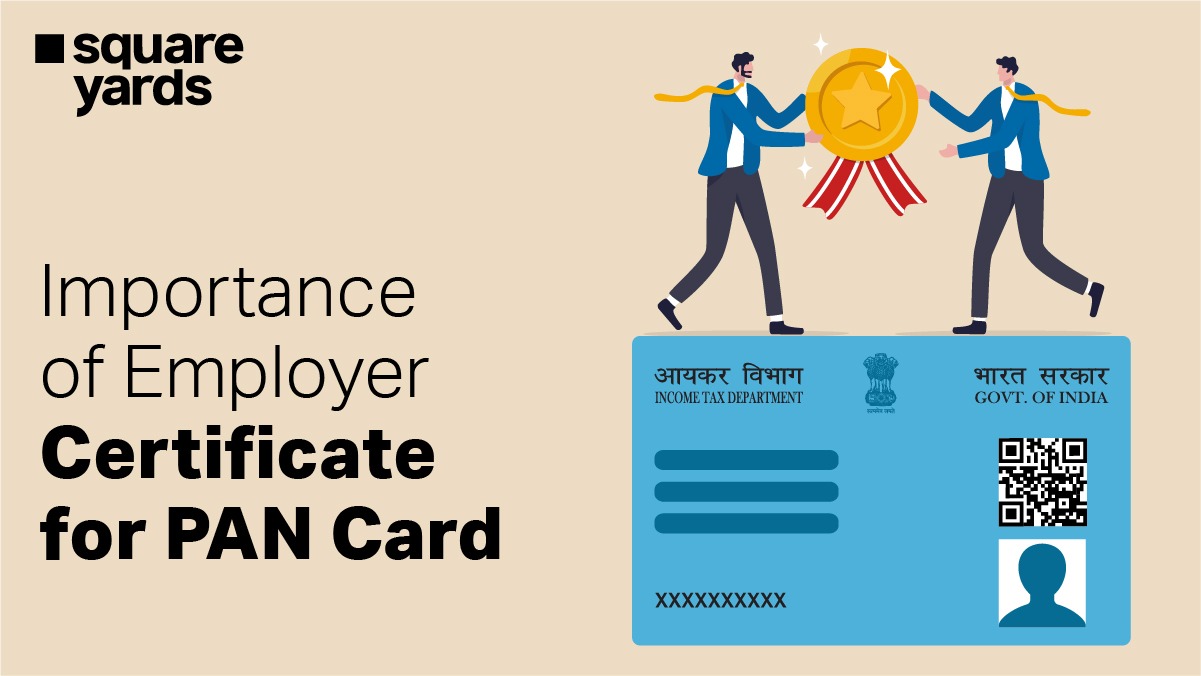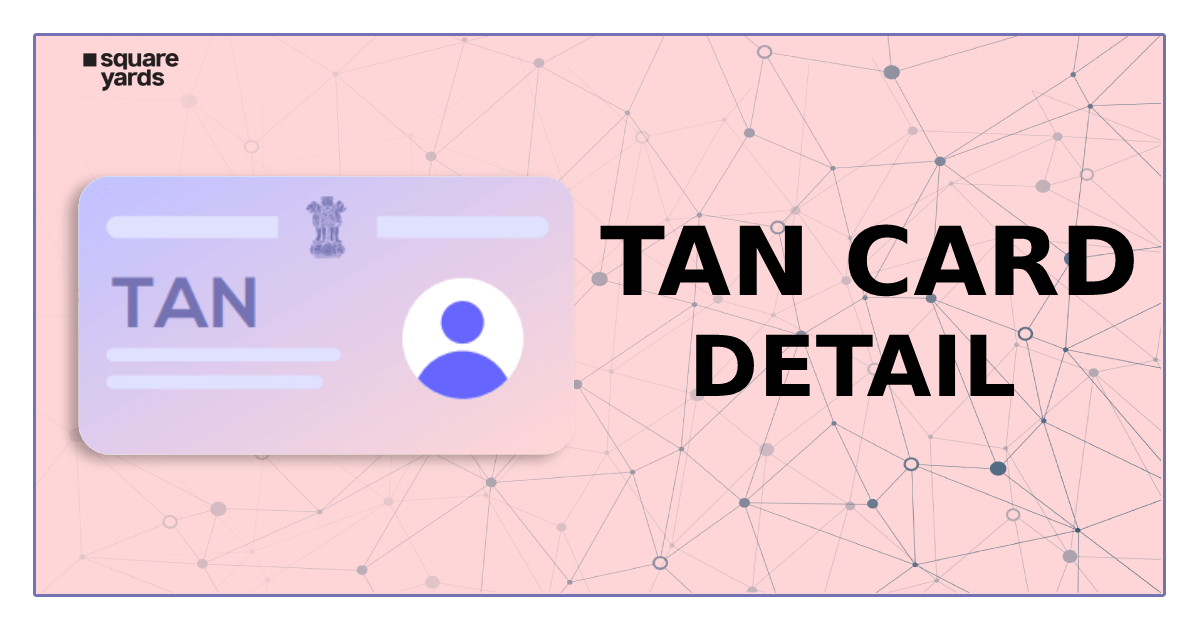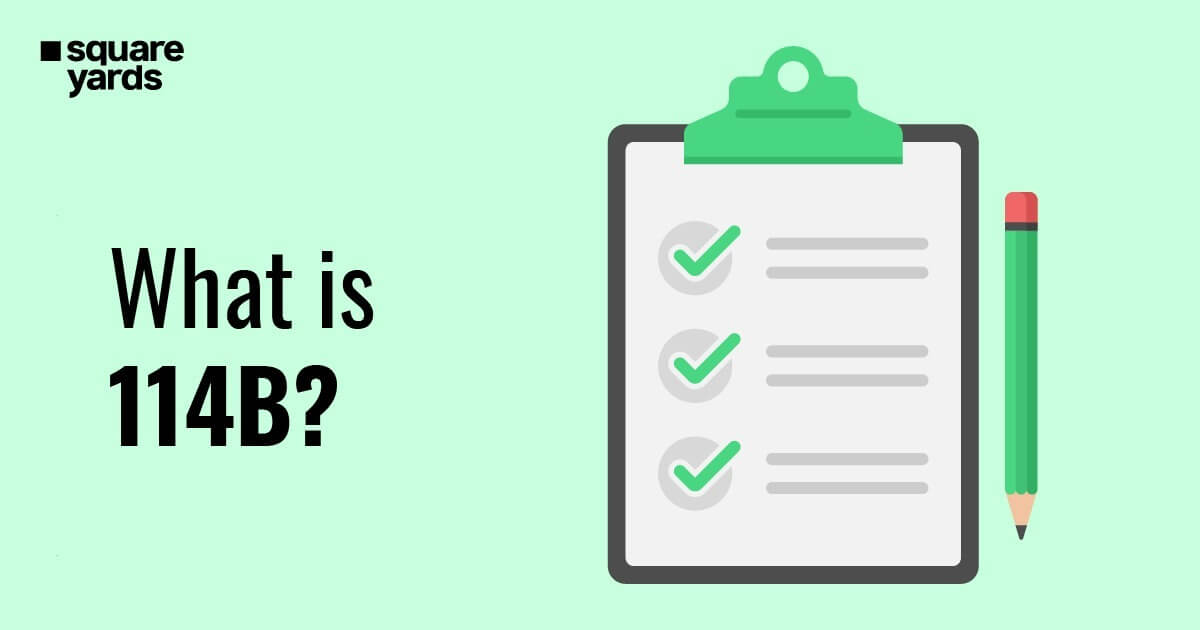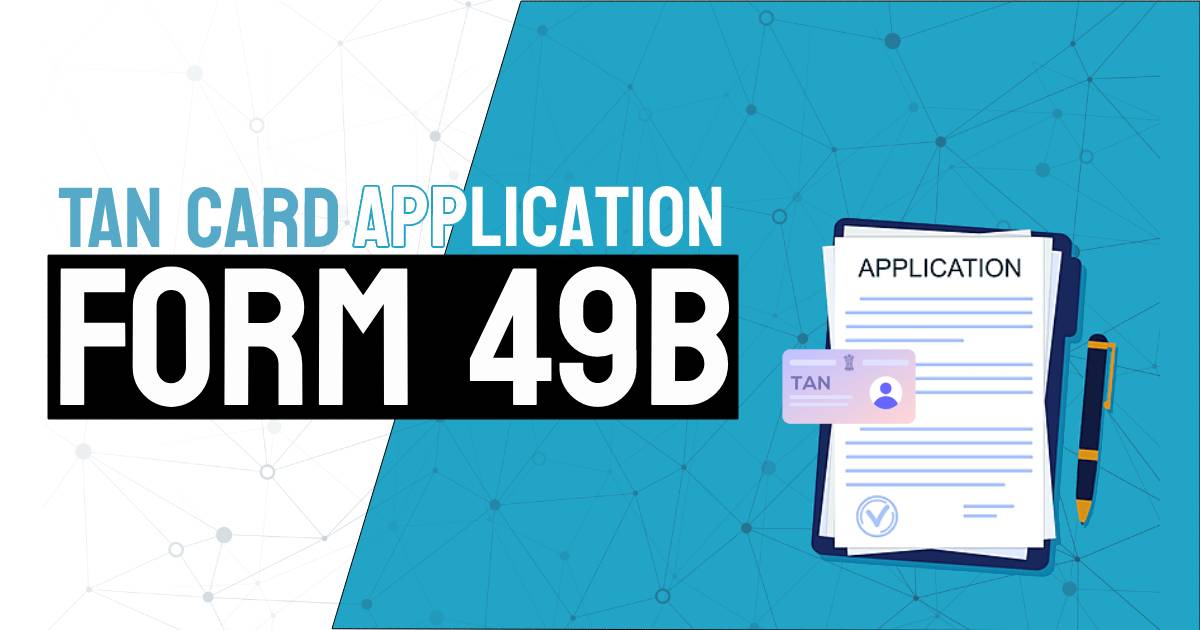It is a must for employers to pay salary to their respective employees where the major components of salary are calculated by taking up the basic salary and then adding all the respective components. One such significant component is the Dearness Allowance. Wish to know more? Don’t worry, Square Yards has got everything covered for you.
Table of contents
- What is Dearness Allowance?
- Types of Dearness Allowance
- How to Treat Dearness Allowance under Income Tax?
- Calculation Process of Dearness Allowance
- What Role does Pay Commission Play under Dearness Allowance Calculation?
- DA for Pensioners
- Hike in Dearness Allowance under the New Development Budget
- What is the Difference between Dearness Allowance and HRA?
- Dearness Allowance Merger
- Frequently Asked Question (FAQs)
What is Dearness Allowance?
Dearness Allowance is an amount included in your salary with the percentage being fixed of the salary’s basic amount. The purpose of this allowance is to hedge the impact of inflation. Dearness Allowance or DA varies from one employee to another, depending upon their location. In other words, there are multiple types of Dearness Allowance for the employees in the urban and rural sectors.
Types of Dearness Allowance
Following are the two ways through which Dearness Allowance is calculated:
Industrial Dearness Allowance:
IDA allowance is relevant for all the employees working in the public sector. As per the recent update, the enterprises found an increase in the industrial dearness allowance by 5% done by the government. This increase was to benefit all the management, employees as well as officers of the Central Public Sector Undertaking.
Apart from this, the Industrial Dearness Allowance for the government sector is updated every quarter as per the movement made in the CPI to compensate for the rise in inflation seen in India.
Variable Dearness Allowance:
VAD is an allowance that pops out every 6 months as part of the modification process for the employees of the central government. The calculation of dearness allowance is done based on the change (this change could either be an increase in the CPI or decrease in the CPI) made in the CPI also known as Consumer Price Index. This increase and decrease in the CPI are known as Variable dearness allowance. Therefore, the change in this CPI decides the dearness allowance of the employees.
There are 3 components based on which Variable Dearness Allowance is calculated. These components are:
- Consumer Price Index (This amount gets modified every month & is known to be a component that affects the total value of the allowance)
- Base index (remains fixed)
- Variable of the dearness allowance. (This amount is already fixed by the government until a decision has been made on the minimum wages)
How to Treat Dearness Allowance under Income Tax?
According to the evaluation for the year 2017 to 2018, all salaried employees are taxable for dearness allowance. But if the employees have rent free accommodation, an apartment which is unfurnished and meets all the prerequisites. Therefore, DA counts under the salary of the employee which can be extended that can later be counted under the retirement benefit for the same salary.
It is therefore mandatory that the tax liability against the Dearness Allowance is declared under Income Tax Returns.
Calculation Process of Dearness Allowance
Dearness Allowance was initiated in the country through the government of India, after the occurrence of World War II. The process for the calculation of dearness allowance changed after the year 2006.
The calculation process of Dearness Allowance at present is calculated in the following manner:
For the employee of the Central Government:
Dearness Allowance = (AICPI Average with the base year of 2001 which is equal to 100 (since 12 months- 115.76 divided by 115.76) * 100.
For the employee of the Central Public Sector:
Dearness Allowance = (AICPI Average with the base year of 2001 which is equal to 100 (since 3 months- 126.33 divided by 126.33) * 100.
Dearness Allowance = (AICPI Average with the base year of 2001 which is equal to 100 (since 12 months- 115.76 divided by 115.76) * 100.
Where AICPI is the All India Consumer Price Index.
Since 1996, the dearness allowance was incorporated to adjust any increase in the prize or any kind of inflation for any financial year. This is why the allowance gets rectified twice each year i.e., in January and once in July.
The calculation process of dearness allowance and its formula recently got changed by the central government. At present, the base year which was 1963 to 1965 has now been substituted with the WRI also known as Wage Rate Index, along with the 2016=100 base year.
The modification in the process was primarily made to improve the index and also to spread the range-wide. On the other hand, the modification in the base year was made by the ILO.
Following is the table that indicates CPI along with 2001=100 as the base year. (From Sept 2020 to June 2021)
| Month | Consumer Price Index (Base year 2001) | Consumer Price Index (Base year 2016) |
| 20th July | 336 | Not Applicable |
| 20th August | 338 | Not Applicable |
| 20th September | 340 | 118.1 |
| 20th October | 344 | 119.5 |
| 20th November | 345 | 119.9 |
| 20th December | 342 | 118.8 |
| 21st January | 340 | 118.2 |
| 21st February | 343 | 119 |
| 21st March | 344 | 119.6 |
| 21st April | 346 | 120.1 |
| 21st May | 347 | 120.6 |
| 21st June | 350 | 121.7 |
What Role does Pay Commission Play under Dearness Allowance Calculation?
All the pay commissions placed in the country are anticipated to review salaries of all the employees who are working in a public sector by considering all the factors & components that are included in the salary of an employee.
When a pay commission report is made the first thing taken into consideration is the dearness allowance. Apart from DA, pay commission also takes into consideration other factors that are necessary for calculating the salary for individuals under the public sector.
The two important factors that are required under the evaluation of pay commission are reviewing along with changes in the multiplication value.
DA for Pensioners
Whenever a new structure is prepared for a new term salary through pay commission similarly, a new structure is made for the retired employees who are under the public sector. The same is practised with the dearness allowance, whenever there is an increase in the percentage seen in the dearness allowance the same is represented for the retired employees’ pension plan. This change is for both the regular as well as the family pension member.
Hike in Dearness Allowance Under the New Development Budget
It came out as a big relief to employees working under the central government when they witnessed an increase in the DA under the New Development Budget. As per the new budget, the announcement was made by the Union Cabinet that there is an increase in dearness allowance for the employees working under the central government.
According to the Prime Minister Mr. Narendra Modi, the hike tends to become an advantage for about 50 lakh employees placed in the central government and 55 lakh employees (pensioners).
This new budget has brought great advancements & developments. 11 million individuals witnessed an increase in the dearness allowance of 7%.
What is the Difference Between Dearness Allowance and HRA?
Dearness Allowance: Dearness allowance is the calculation made through the specific percentage set of your basic salary. After being calculated,it is added to your basic salary with many other parts such as the HRA which then together results in the total salary of the public or government sector employee. It is majorly given to the employees that are working in the government sector.
House Rent Allowance: Also known as HRA, it is a part that is released by the employer to the employee. This amount is paid for the employee to meet the requirements of their accommodations if at all based on renting. This is an accommodation which is purely residential. HRA is an amount that is given to both the employees working in the private and the public sector.
Dearness Allowance Merger
From the start of 2006, there has been an increase that has always been seen in the DA for the employees that are working for the government sector. At percent, it is 50% of the basic salary of an employee.
Therefore, according to the guideline it is mandatory to merge both the DA along with the employee’s basic salary as and when DA touches 50%. This increase comes out as a great point of motivation and a great push as in the end all the calculation is done on an employee’s basic salary.
The employees have also made an appeal to the government to merge the dearness allowance with the basic salary. The cabinet has acknowledged the plea and will make a decision accordingly. This appeal made by the employees is primarily to also see a big hike in the last amount which is their salary.
You May Also Read:
Frequently Asked Question (FAQs)
Is an employee from the private sector entitled to Dearness Allowance?
No, a dearness allowance is mentioned for the employees that are working in the public or government sector and not for the employee working in the private sector.
When does a Dearness Allowance get revised?
The dearness allowance gets revised after every 6 months.
What is the major difference between Dearness Allowance and HRA?
Dearness allowance amount is majorly given to the employees that are working in the government sector. An HRA on the other hand. is an amount that is given to both the employees working in the private and the public sector.
Do pensioners also get benefits from the dearness allowance?
Yes, the dearness allowance acts as an advantage for both pensioners as well as the staffers.
Does an employee who lives abroad get a dearness allowance?
No, dearness allowance is only granted for the employees who are staying in India. The employees living where else are not liable for the same.














